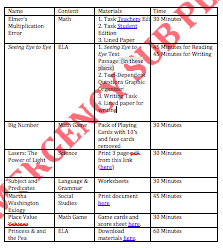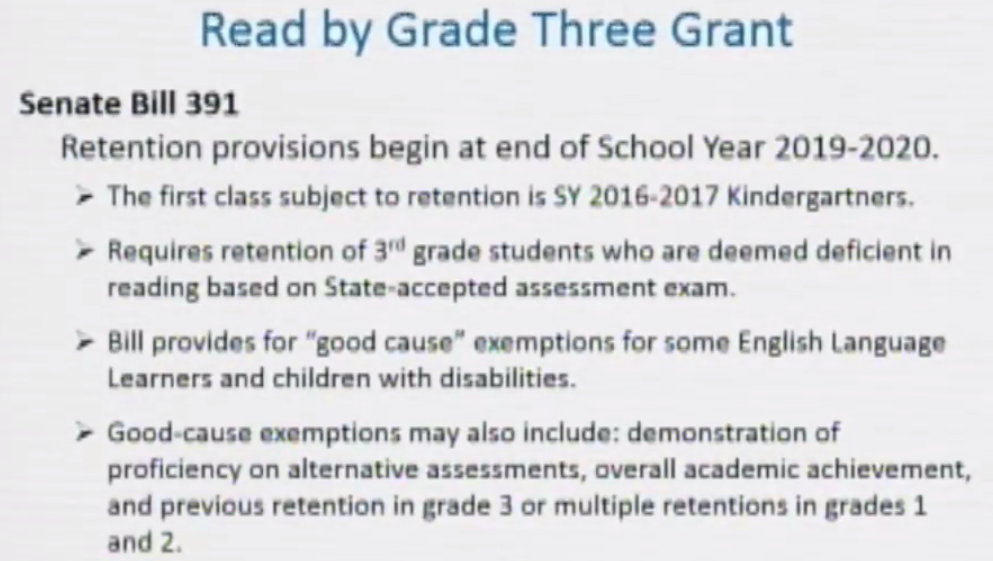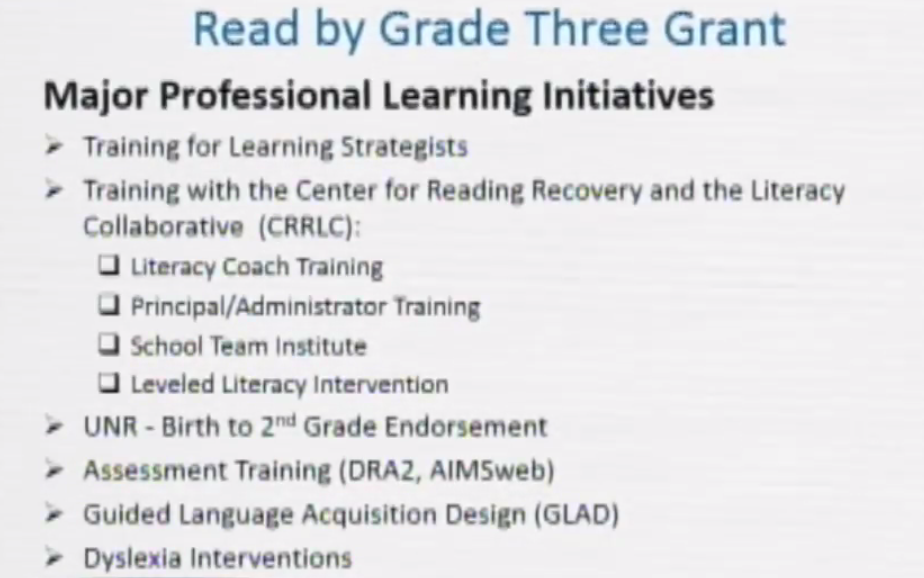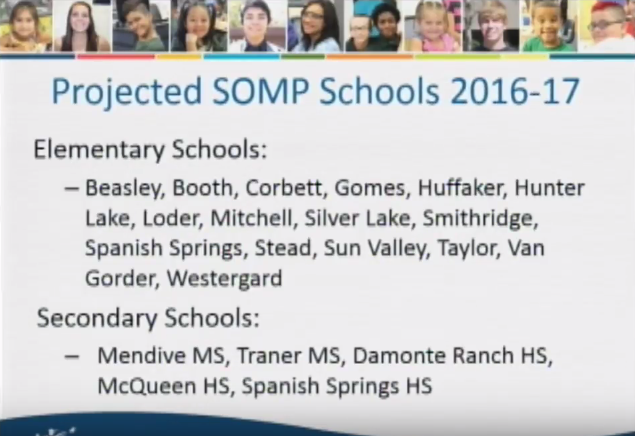
On Super Bowl Sunday, a few hours before the game, I created a DonorsChoose.org account and started a project. My hope was to raise $800 in order to get four Chromebooks for my classroom. Just five days later I learned my project was fully funded. Naturally, I’m suddenly a believer in DonorsChoose.org and I will use it again.
If you are unfamiliar with DonorsChoose.org, you can read a much more thorough description here. In short, DonorsChoose.org allows a teacher to create a project that is shared with the public. Community members can then make a tax-deductible donation and when your project is funded, approved vendors ship you your items. DonorsChoose.org does not take a cut of any of the monetary donations but they add a “suggested donation” to your project. This may explain why my final project cost was closer to $1000 than the $800 in laptops I received.
The Good: DonorsChoose.org is intuitive and there are videos and tutorials to help you generate ideas, titles, and narratives. You are not expected to fill-out a lot of forms or comply with typical grant criteria. It took me less than an hour to complete the description of my project and find the items I was looking for from the approved vendors. Relative to the $800 I was asking for, the one-hour of time seemed reasonable.
The Bad: There are some minor formatting issues at DonorsChoose.org including separate paragraphs of text I submitted becoming one large paragraph. As a teacher, I didn’t want the public to think I did not know some basic conventions of English. Likewise, you do not get to choose your pull quotes that may or may not be the elements you want to highlight.
The “suggested donation” of $150 automatically becomes part of your project cost, which I had not anticpate.
Final Verdict: If you are a classroom teacher, I recommend using the site. I grew frustrated with the lack of consistent access to workable computers for my students and DonorsChoose.org gave me a strategy to remedy this issue. I suspect all classroom teachers have a wish list and DonorsChoose.org may be the perfect way of filling your room with the things you need.
You can view my DonorsChoose.org profile here and my Chromebook project here.













